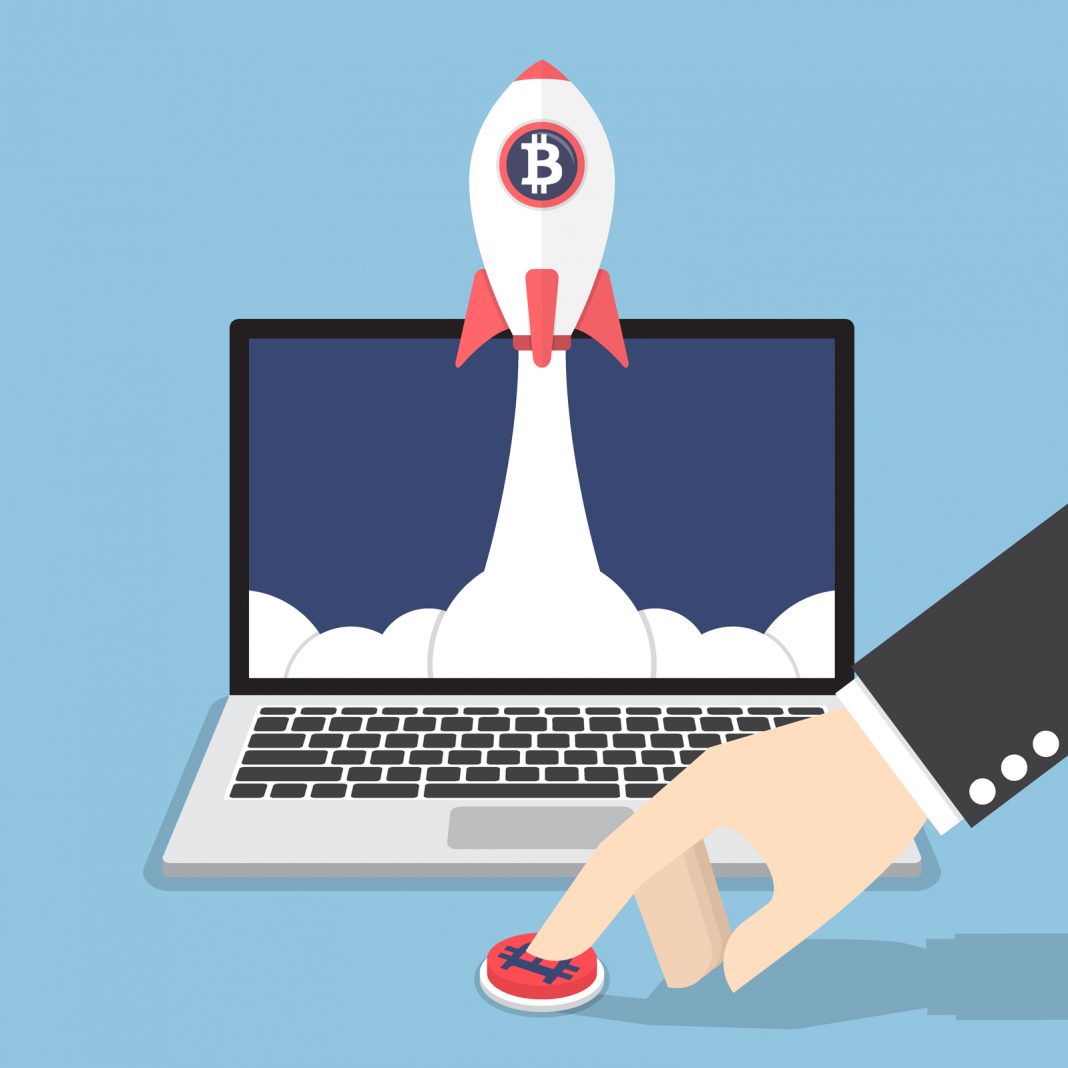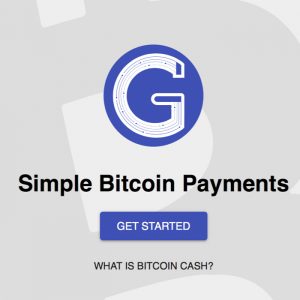
On Oct. 18, Bitcoin Cash proponents were introduced to a new do-it-yourself BCH payment processor called Gateway.cash. The software allows anyone with a bitcoin cash address to accept payments and donations in BCH by creating an embeddable payment button for any website.
Testing Gateway.cash: Another Free Bitcoin Cash Payment Button Platform for Website Owners
There’s a new bitcoin cash payment application available to try called Gateway.cash, a program that’s similar to other payment button platforms recently launched like Badger.cash and the Money Button. Gateway was announced this past Wednesday, with its creators explaining that the protocol allows anyone the ability to create a BCH payment button with a valid BCH address and an editable website. After the announcement, news.Bitcoin.com decided to give Gateway a test run to find out how easy it is to create a button and add it to a website. 
In order to use Gateway.cash a public bitcoin address needs to be tethered to the account, plus a strong password.
When entering the website, you’re greeted with a page that asks for a public bitcoin cash address or a previously registered Gateway handle. After entering a public BCH address, the website asks you to create a strong password and from there the site takes you to your account. The Gateway dashboard gives users the option to create a button, view payments, and navigate a settings section. In the settings, users can choose what type of currency they want the software to use as well as tethering a Gateway handle to the registered BCH address. This gives people the ability to sign into the site by using the custom handle instead of adding a long BCH address every time.
The application allows users to customize the button and payment invoice.
Seeing how my account had not received any payments at the time, there’s really nothing to look at in the ‘view payments’ section. However, if you did collect a lot of payments using the Gateway button then the entire transaction history would be located in this area. Moreover, if a person wanted the Gateway platform to track unpaid or unprocessed payments they could view these instances on the platform. Essentially, this means the visitor may have clicked the payment button by accident or was curious to see what it does, but the platform can still record these pending payments.
After filling out the customize menu, the generated code will be ready for you to copy and paste.
Next up is creating the button, which is pretty intuitive as all you have to do is fill out the description information tied to the button’s code. Essentially users can customize the dialog title, the text displayed on the button, the amount, the currency type shown on the invoice, and a tethered unique ID for payments sent to this button. For example, the payment ID could say ‘Donation’ or some other descriptive memo. Some of the choices are limited to how many characters can be used. When the button’s text is being customized, the platform has a limit at 25 characters.

After filling out all the information, an embeddable code is generated below the customization field. To test out the button’s functionality I went to my website builder and pasted the code into an i-frame box and then positioned the button. It’s good to remember that you have to make sure there’s enough room for the entire invoice box after the button is clicked. The invoice prompt window is much larger than the button, so that needs to be taken into consideration during the layout. Following that step, simply preview the website or press publish if you feel the button is exactly as you like it. Web-savvy builders can simply paste the code into the site directly, rather than using a web builder i-frame box.
Gateway Works Well After a Few Practice Runs
The button worked great and when it’s clicked you see a payment invoice with a written BCH address so the person paying can copy and paste the address. There’s also a QR code available, so QR scanning wallets can simply pay the invoice in that fashion as well. There weren’t any issues with the Safari browser giving me an error when I tested the button and the individual paying doesn’t need to sign up for anything to pay the invoice or tip the website.
Make sure you have enough space on the website to for the invoice window when placing the button.
Overall the process took a bit longer than other buttons to set up for a couple of reasons. It took a minute to figure out how the embeddable code was placed in the i-frame. Secondly, figuring out my website needed to have a lot more space for the invoice window burned a few more minutes as well. The process was pretty self-explanatory for people who know the ins and outs of basic wallet operations. Additionally, the application is just one of many choices out there today giving website owners and content creators the ability to collect bitcoin cash revenue and donations.
免责声明:本文章仅代表作者个人观点,不代表本平台的立场和观点。本文章仅供信息分享,不构成对任何人的任何投资建议。用户与作者之间的任何争议,与本平台无关。如网页中刊载的文章或图片涉及侵权,请提供相关的权利证明和身份证明发送邮件到support@aicoin.com,本平台相关工作人员将会进行核查。




